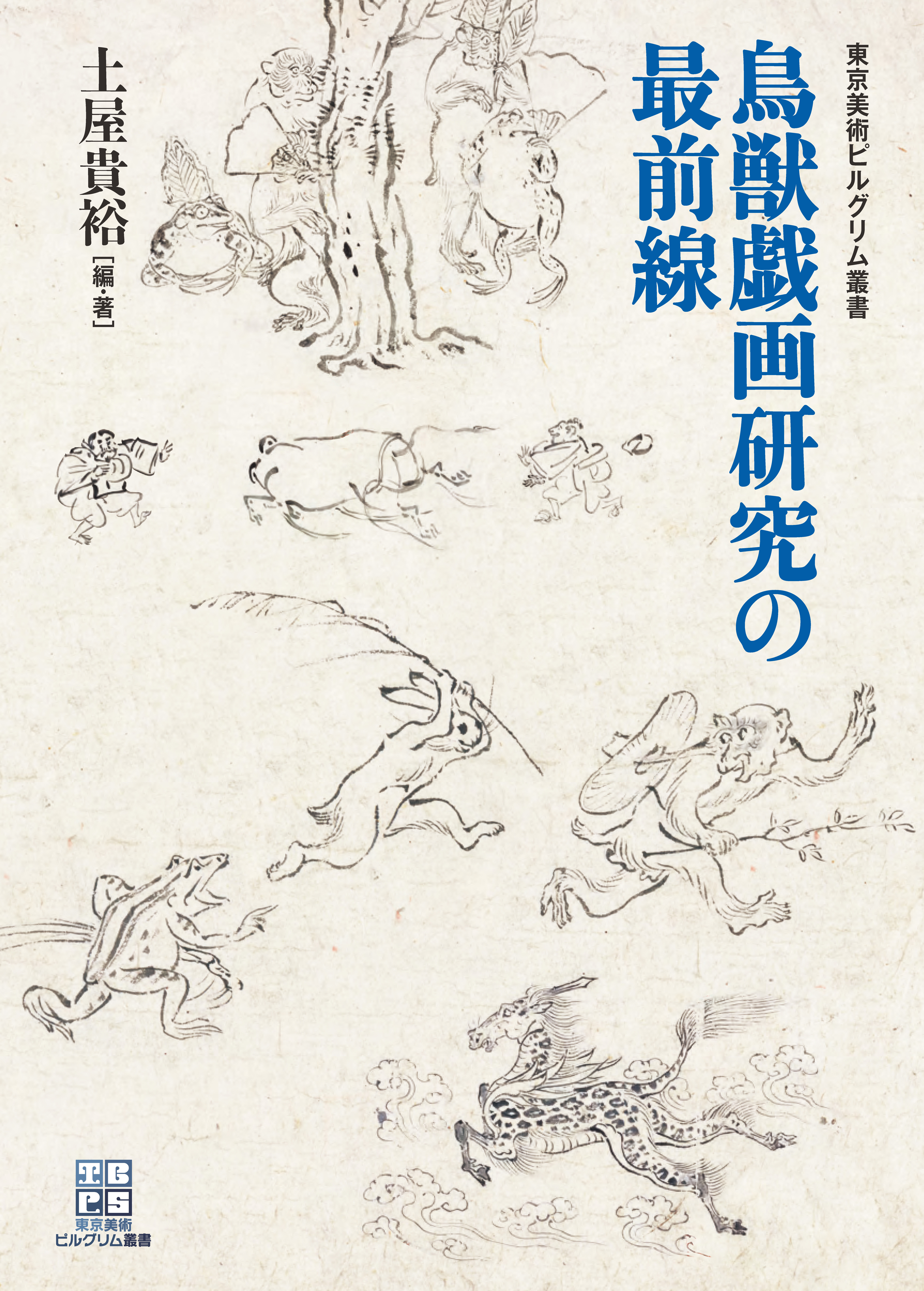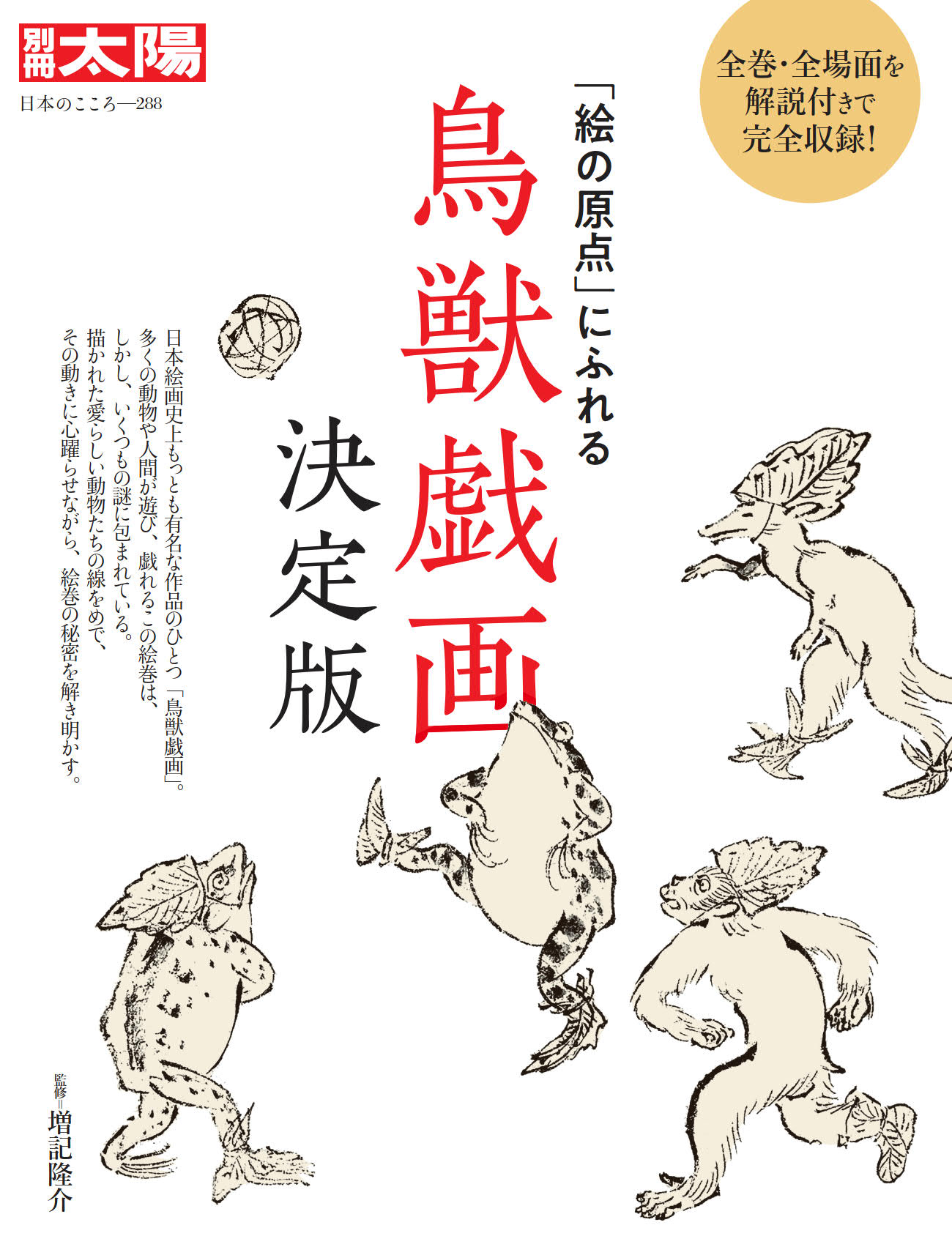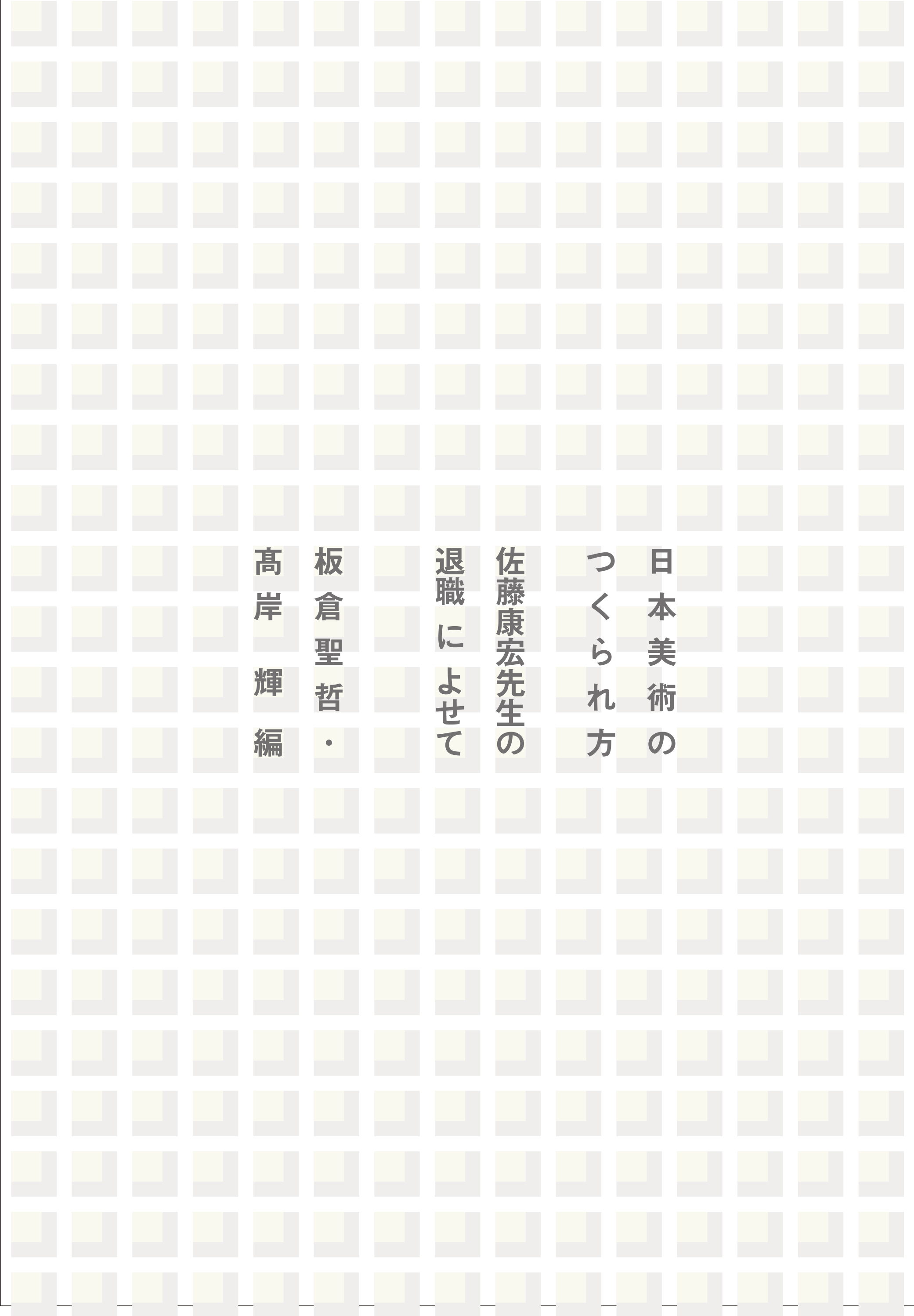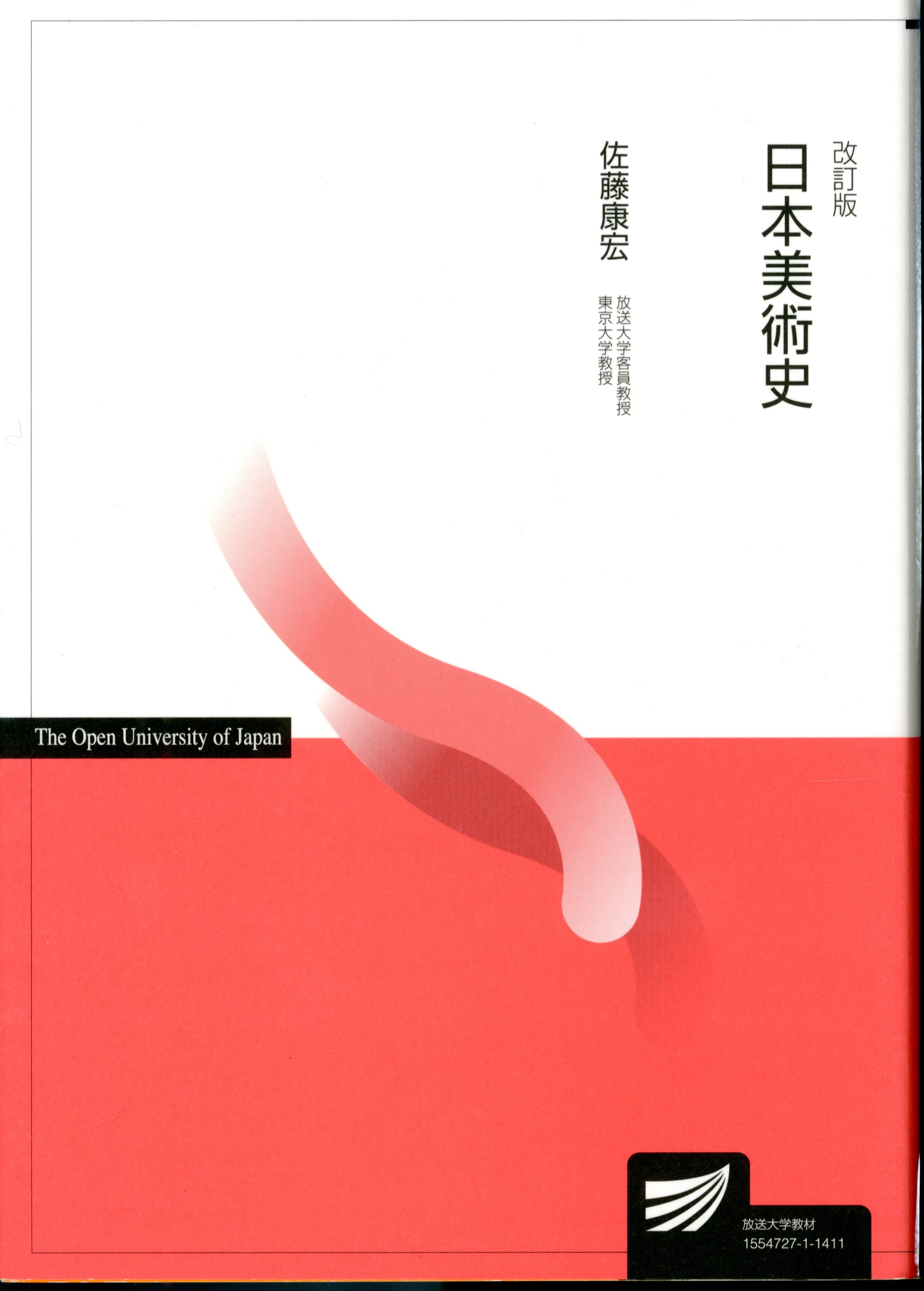
Title
Tokyo Bijutsu Pilgrim Series Chōjūgiga Kenkyu no Saizensen (The Forefront of Research on the Scrolls of Frolicking Animals)
Size
272 pages, A5 format
Language
Japanese
Released
April, 2022
Published by
TOKYO BIJUTSU Co.,Ltd.
Book Info
See Book Availability at Library
Japanese Page
This volume is a comprehensive record of the oral presentations and discussions conducted at a two-day symposium (23–24 April, 2021) held during a special exhibition titled, “National Treasure: Frolicking Animals” at the Tokyo National Museum from April 13 to June 20, 2021.
The outbreak of COVID-19 severely impacted exhibitions. The Tokyo National Museum was shut the day after the symposium, following a state of emergency declaration. Thus, the exhibition, originally planned to continue until May 30, was halted. However, owing to the efforts of everyone involved, it recommenced on June 1 and lasted until June 20. A major reason for these efforts, made at a time when all other exhibitions and events were canceled, was the national treasure: the Scrolls of Frolicking Animals (Kosanji Temple). These constitute one of the most well-known and popular works of Japanese art. This was evidenced by the serpentine queues, daily, at the museum shop to buy the illustrated exhibition catalogue, which had to be reprinted during the brief exhibition period, despite a global pandemic situation.
So, why are the Scrolls so popular?
One reason is probably that the rabbits, frogs, and monkeys depicted in the first scrolls (numbered ko according to the Heavenly Stems system) are included in school textbooks, until high school. Furthermore, their appearance on hand towels, smartphone cases, tea packages, etc., as symbols of Japanese style, make them familiar to people. Thus, I suspect, many people wish to see the real Scrolls at least once, given the ubiquity of these images. Moreover, the Scrolls, with their elaborate imagery, are among the most mysterious works of Japanese art. For example, what do the rabbits and frogs in the first scroll represent? In other words, what are the themes of these illustrated scrolls?—we still do not know. Moreover, we do not know who drew each of the four scrolls (numbered ko, otsu, hei, and tei), when they were drawn, who ordered their production, where they were stored, and when they were compiled as a set. Research on the Scrolls began in earnest at the beginning of 20th century; however, the mysteries have only deepened over the last 100 years. Nonetheless, conservation, conducted for the first time, from 2009 to 2013 have provided novel information that help demystify these images.
This volume provides a ludic introduction to the insights gleaned from the conservation, and illustrates the passion of the leading researchers in Japanese linguistics and art history. It explains what has been discovered about the Scrolls, as well as what we do not yet know. In particular, I believe that gaining a shared understanding of “what we do not yet know” between the participating researchers and the readers of this volume can serve as a valuable opportunity to extend the mysteries of the Scrolls, and the work itself, into the future.
(Written by MASUKI Ryusuke, Associate Professor, Graduate School of Humanities and Sociology / 2023)



 Find a book
Find a book




